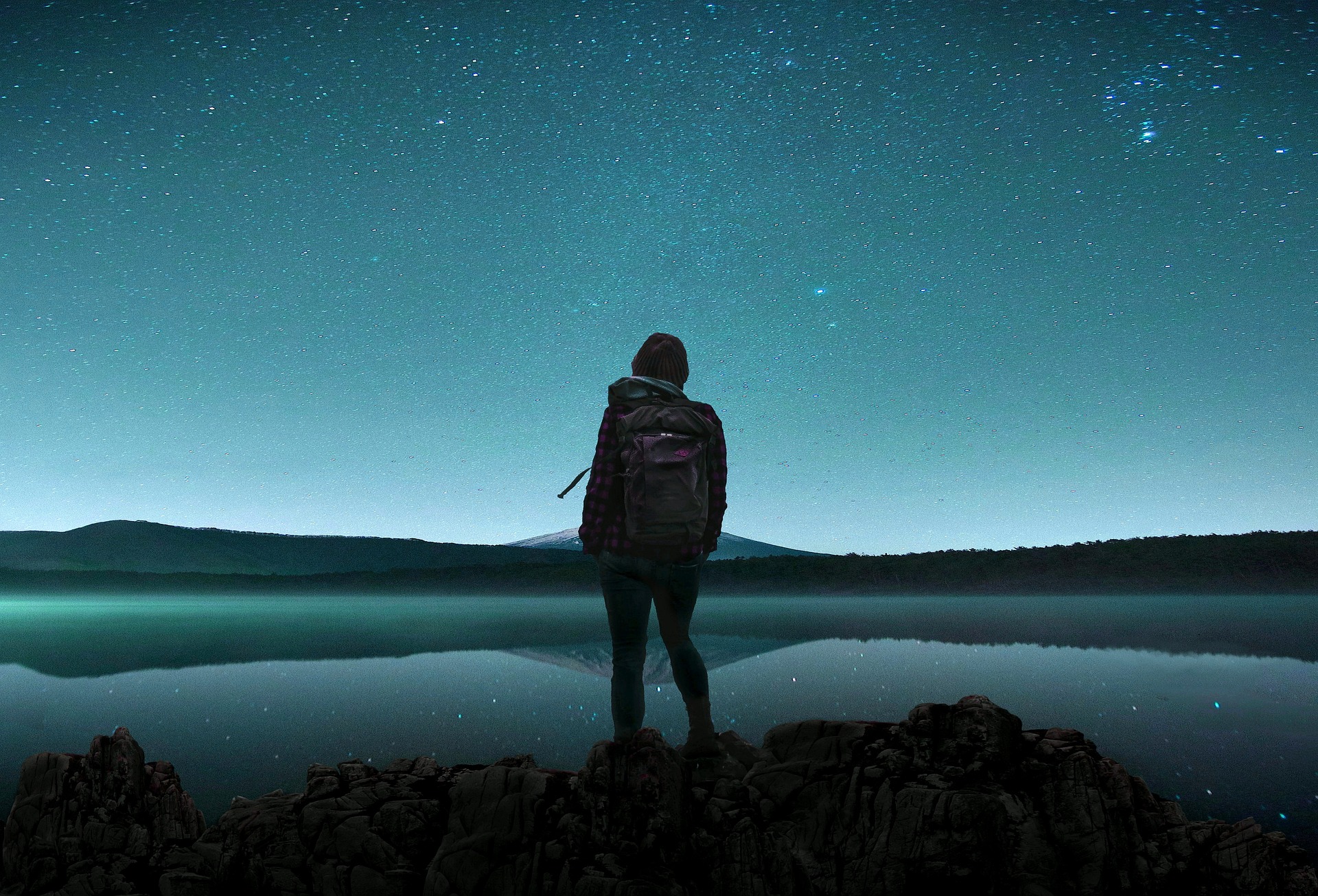Unraveling the Mysteries of Dark Tourism: A Journey Through Time
In the vast spectrum of travel experiences, there exists a category that's as intriguing as it is controversial: dark tourism. A journey into the shadows, it's about visiting destinations associated with death, suffering, and disaster. It's a phenomenon that's been around for centuries, yet it's only recently that we've begun to truly understand its complexities. This article will delve into the origins, current trends, and implications of dark tourism, offering a unique perspective on this unconventional travel style.

A Glimpse into the Past: The Origins of Dark Tourism
Dark tourism’s roots can be traced back to ancient times when Romans would attend gladiator fights, a form of entertainment that involved death and violence. In the Middle Ages, public executions were a common spectacle. In the 19th century, battlefield tourism emerged following the American Civil War. However, the term “dark tourism” was coined only in the late 1990s by scholars Lennon and Foley, marking the beginning of serious academic interest in this phenomenon.
Dark Tourism in Today’s World: Current Trends and Insights
In the 21st century, dark tourism has taken on various forms. From visiting Holocaust sites like Auschwitz and Anne Frank House to exploring the remnants of disaster-struck areas like Chernobyl and Fukushima, dark tourism continues to thrive. It’s driven by a combination of curiosity, education, remembrance, and a desire to understand humanity’s darker chapters.
Delving Deeper: Advantages, Challenges, and Impact
Dark tourism offers a chance to learn from history, promotes awareness of social issues, and fosters empathy. Yet, it’s not without its challenges. Ethical issues often arise, such as respecting the memory of victims and avoiding the commodification of tragedy. The impact on travelers can be profound, often leading to introspection and a changed perspective on life.
The Science Behind the Shadows: Research Findings
Research indicates that dark tourism can have a cathartic effect, allowing individuals to confront their fears and mortality. It’s also seen as a form of “thanatourism” or “death tourism,” drawing people who seek to understand the macabre and the mysterious. However, striking a balance between education and exploitation remains a challenge.
Practical Implications: Navigating Dark Tourism with Sensitivity
-
Research the site’s history and significance before visiting.
-
Respect the rules and customs of the site.
-
Avoid taking disrespectful photos or selfies.
-
Engage quietly and thoughtfully, remembering that these sites are places of suffering and loss.
Understanding the Dark Side of Travel
Dark tourism is a complex phenomenon, a blend of curiosity, history, and remembrance. It offers a unique perspective on the human condition, despite its ethical challenges. As travelers, understanding the implications of dark tourism can help us navigate these sites with respect and sensitivity, ensuring we learn from history without trivializing its tragedies.




